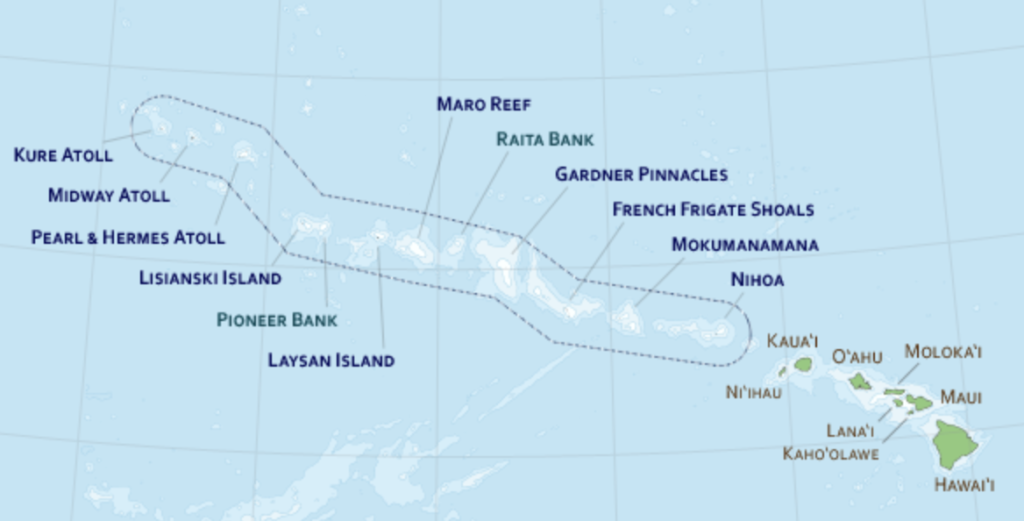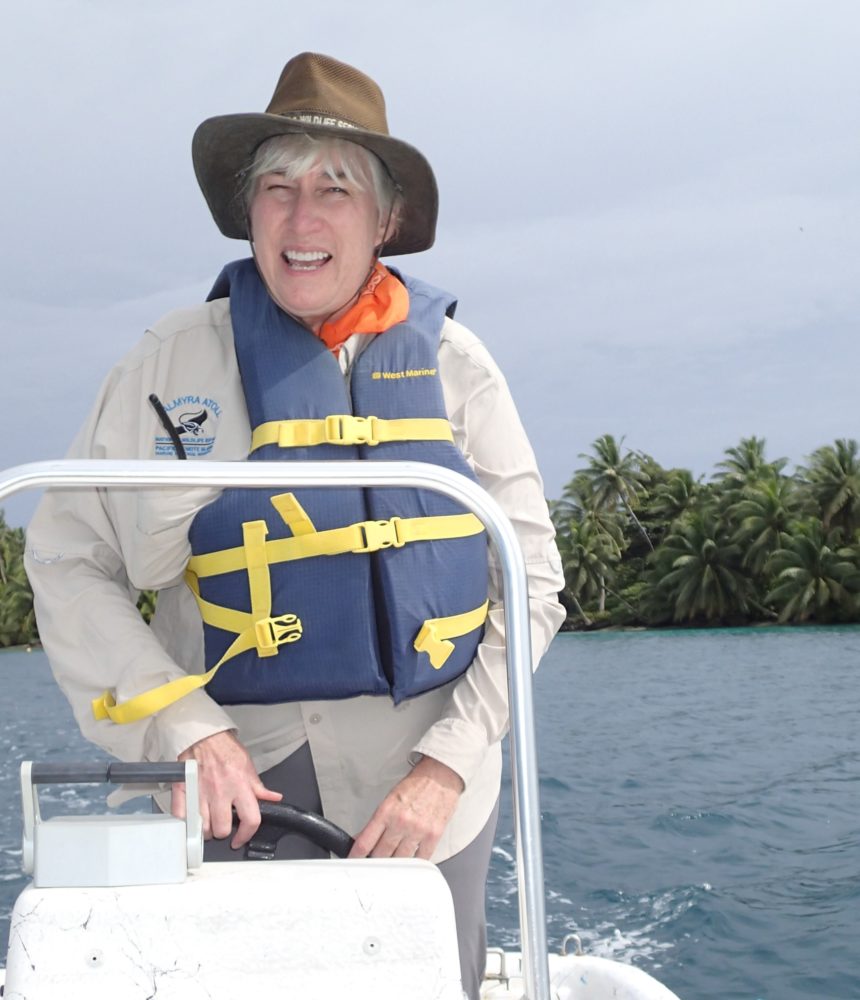
- This event has passed.

Wanderers and Migrants in Papahānaumokuākea Marine National Monument
October 17, 2020
This presentation focuses on the amazing wanderers and migrants that can be found in Papahānaumokuākea Marine National Monument.
Papahānaumokuākea Marine National Monument is the largest contiguous fully protected conservation area under the U.S. flag, and one of the largest marine conservation areas in the world. It encompasses 582,578 square miles of the Pacific Ocean (1,508,870 square kilometers) – an area larger than all the country’s national parks combined. It is home to over 14 million seabirds representing 22 species that breed and nest there. Land areas also provide a home for four species of bird found nowhere else in the world, including the world’s most endangered duck, the Laysan duck.

About the Presenters
 Beth Flint
Beth Flint
US Fish and Wildlife Service
Marine National Monuments of the Pacific
Dr. Beth Flint serves as a Supervisory Wildlife Biologist for the Pacific Islands Refuges and Monuments Office of the U.S. Fish and Wildlife Service assigned to.12 National Wildlife Refuges and 4 Marine National Monuments in the Central tropical Pacific. She has worked on monitoring and managing wildlife populations and protecting them from threats such as invasive species, climate change effects, and fisheries bycatch in the Refuges and Monuments since 1990. Beth holds a BS in Wildlife Biology from the University of Montana and a PhD in Biology from UCLA where she studied insular ecology and the behavior and physiology of seabirds.
Amanda Boyd
US Fish and Wildlife Service
Deputy Superintendent, Papahānaumokuākea Marine National Monument




